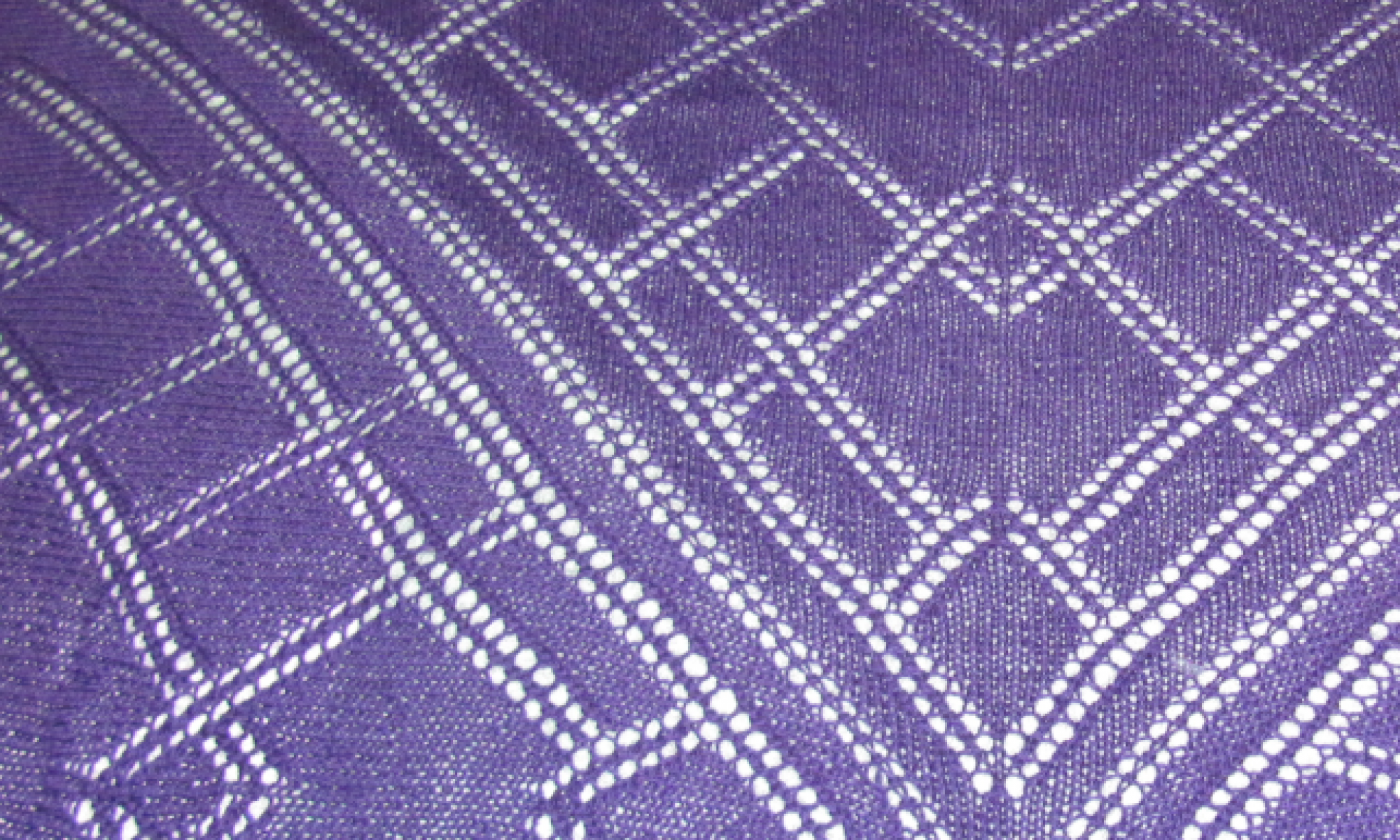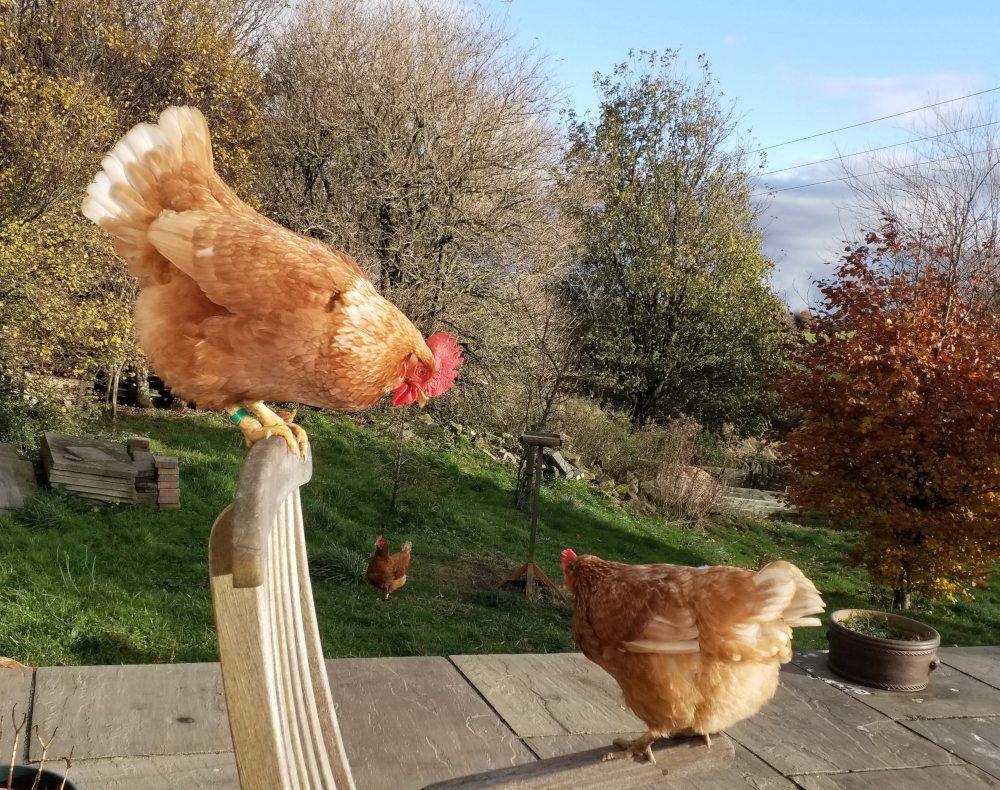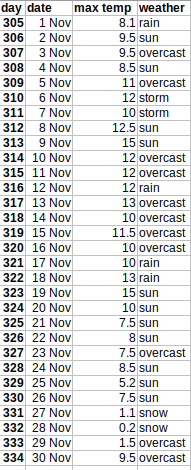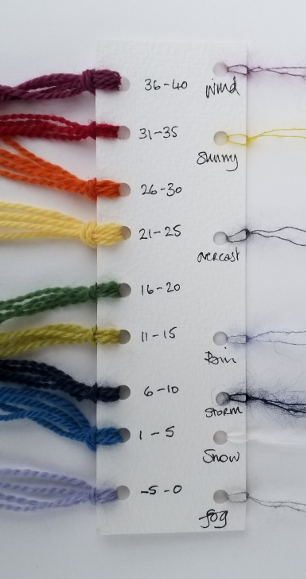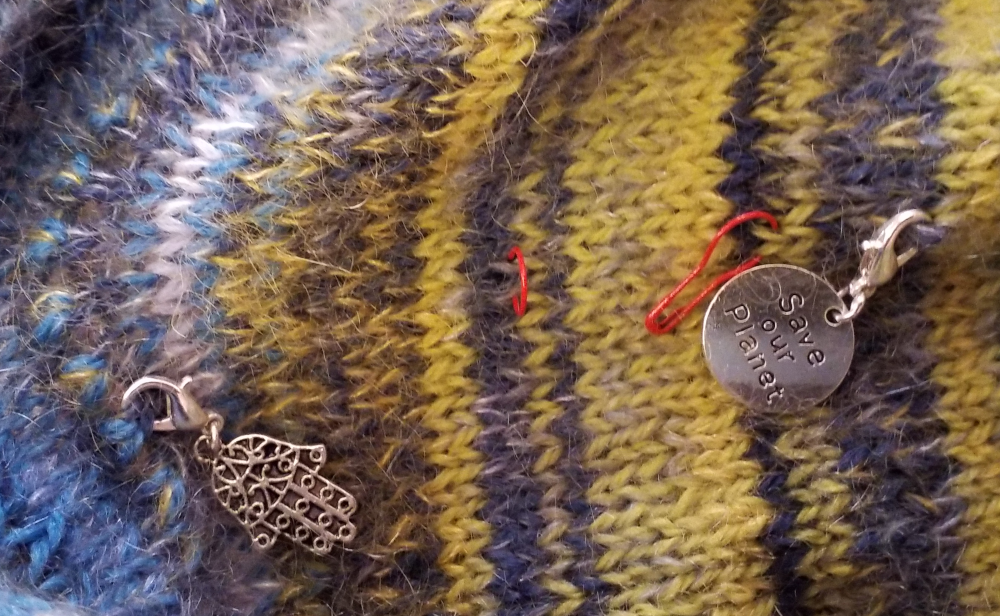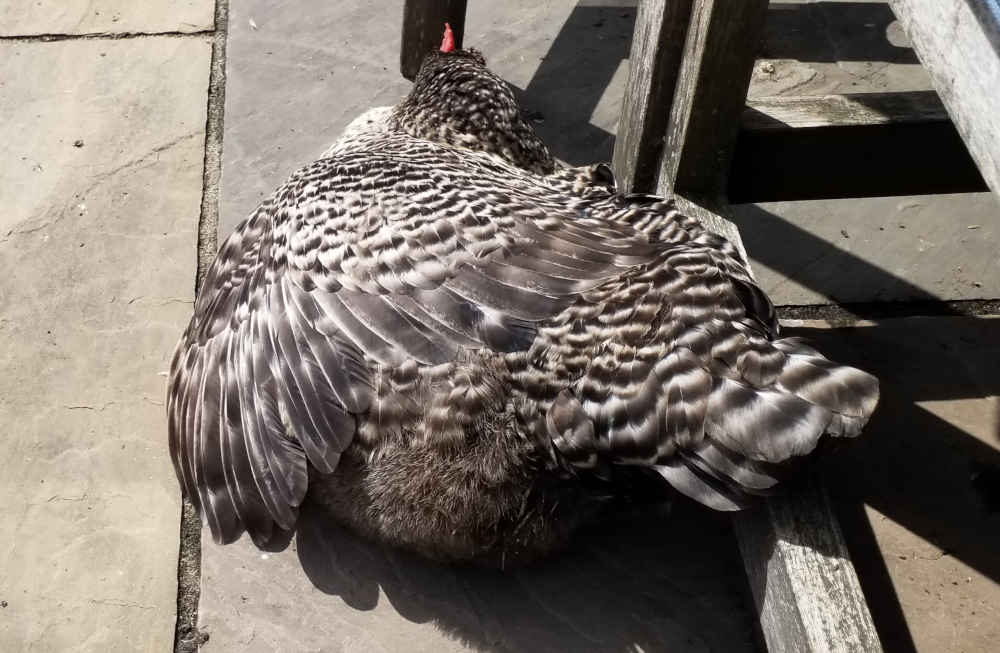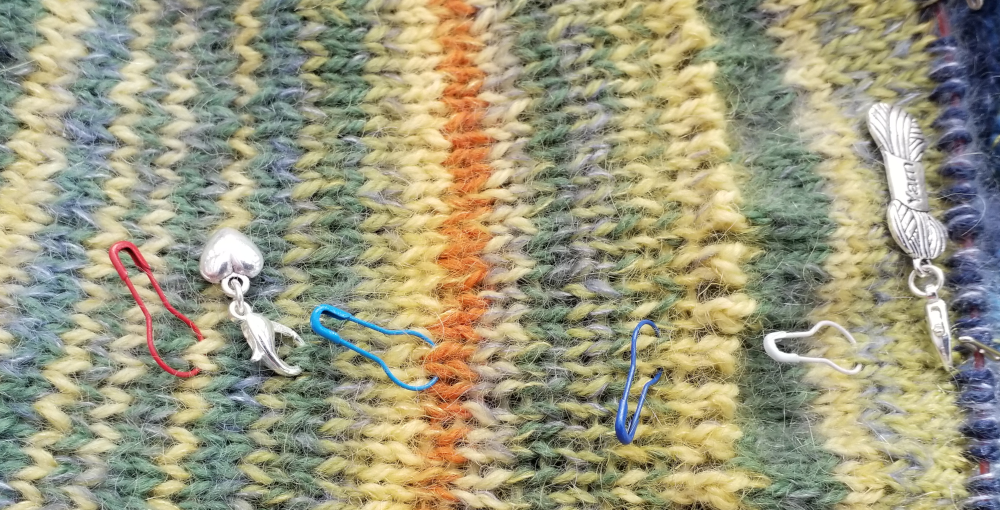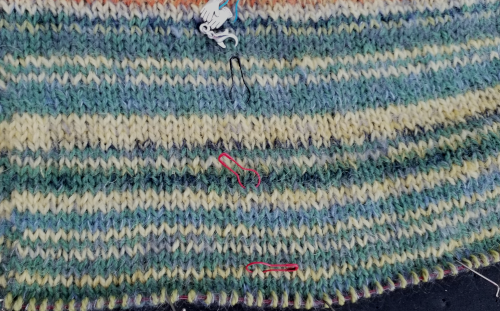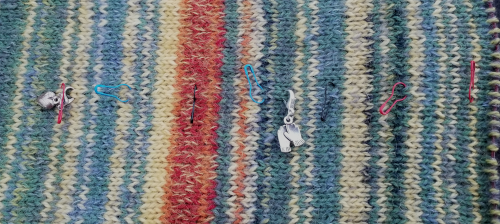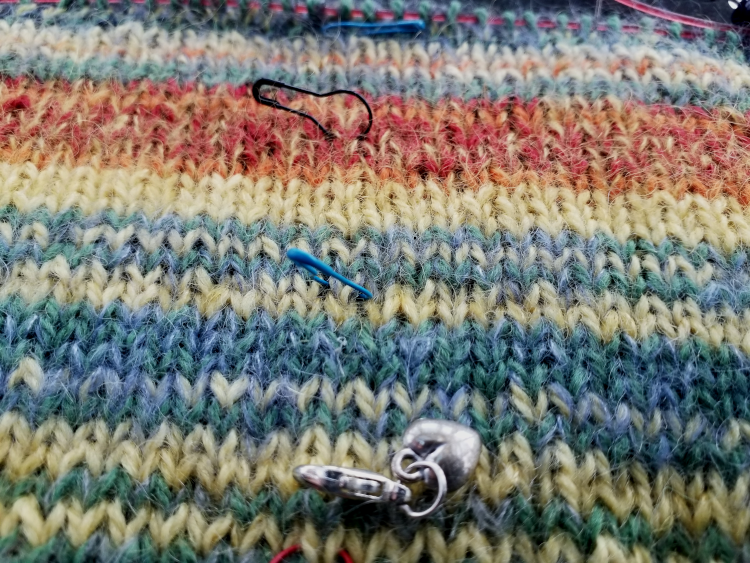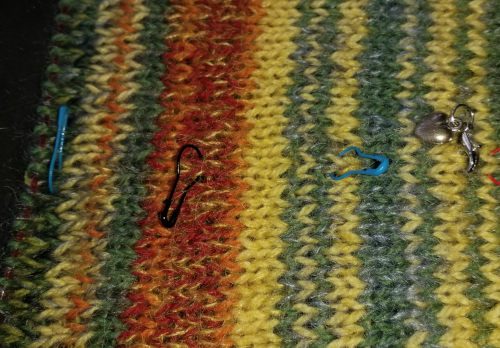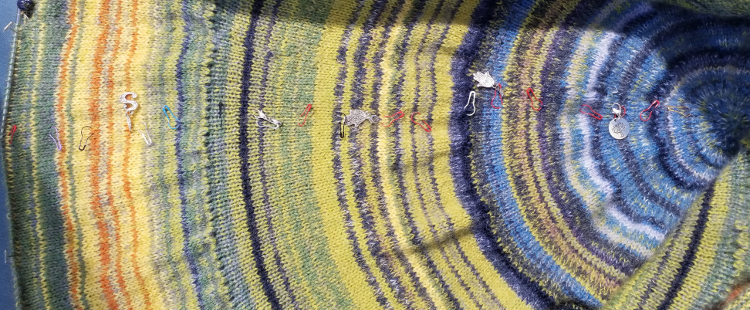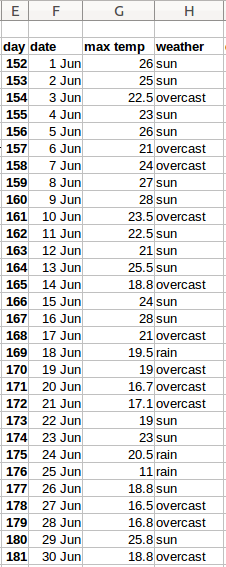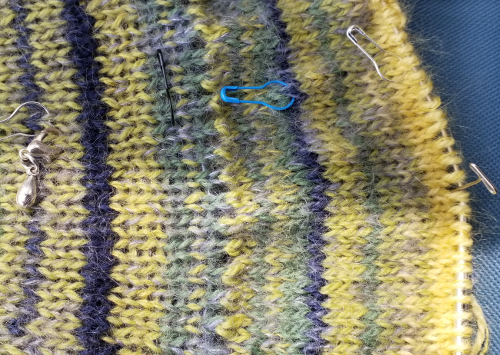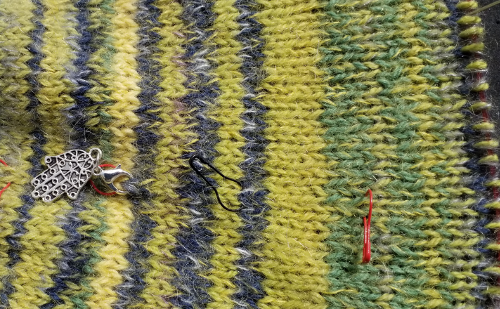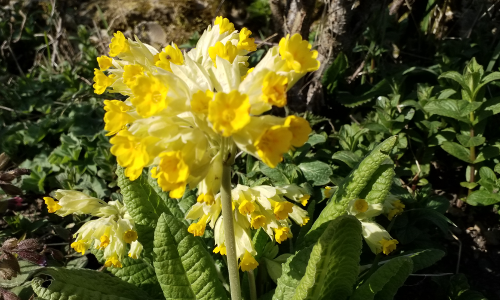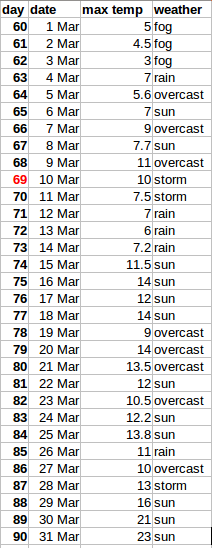Annat Royd is the third in my Yorkshire Collection of shawls and related accessories. It is a huge hug of a shawl, based on the triangular shape and knit in 4ply/fingering yarn. I chose two lovely non-superwash woolly yarns for my samples.





The first is a straightforward triangular shawl knit in Birlinn 4ply 100% wool yarn, from the beautiful island of Berneray in the Outer Hebrides. It is a robust yarn which is a joy to knit with; it gives great stitch definition, essential for all-over lace patterns such as Annat Royd. I chose the colour Haar, a pale grey flecked with darker strands, perfectly named for the sea mist rolling in from the Atlantic.
The second sample is a three-triangle shawl, which has a square profile. For this shawl, I chose the beautiful Doulton Border Leicester 100% Border Leicester 4ply yarn in the rich purple colourway, Hawnby Hill. I love this yarn, not only for its lovely stitch definition, but because the flock has a no-kill policy, meaning the sheep get to grow old and live out their lives on the farm. This is a shawl to snuggle up with on a cold winter’s evening.





The downloadable pdf pattern for Annat Royd is available from both Ravelry and the Granary Knits Payhip Store.
